Optimal Timing for Waterproofing Applications
Proper timing for waterproofing applications is essential to ensure durability and effectiveness. The optimal period depends on weather conditions, temperature, and humidity levels, which influence the curing process and adhesion of waterproofing materials.
Spring offers moderate temperatures and less rainfall, making it ideal for waterproofing projects. It allows sufficient curing time before summer heat or winter cold.
Summer provides warm, dry conditions that facilitate quick drying and curing of waterproofing membranes, but excessive heat or humidity can pose challenges.
Fall is suitable due to cooler temperatures and lower humidity, reducing the risk of premature drying or cracking during application.
Winter waterproofing is generally discouraged due to freezing temperatures and high moisture levels, which can impair adhesion and curing.
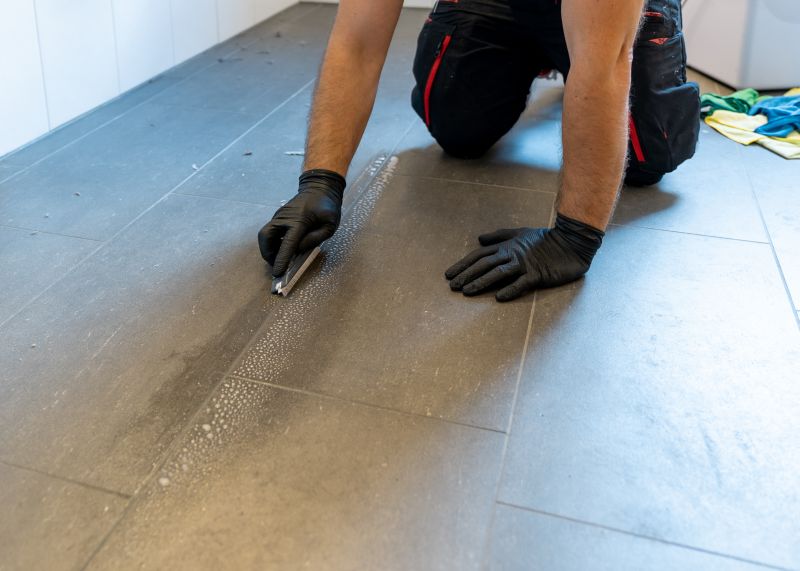
Ways to make Waterproofings work in tight or awkward layouts.
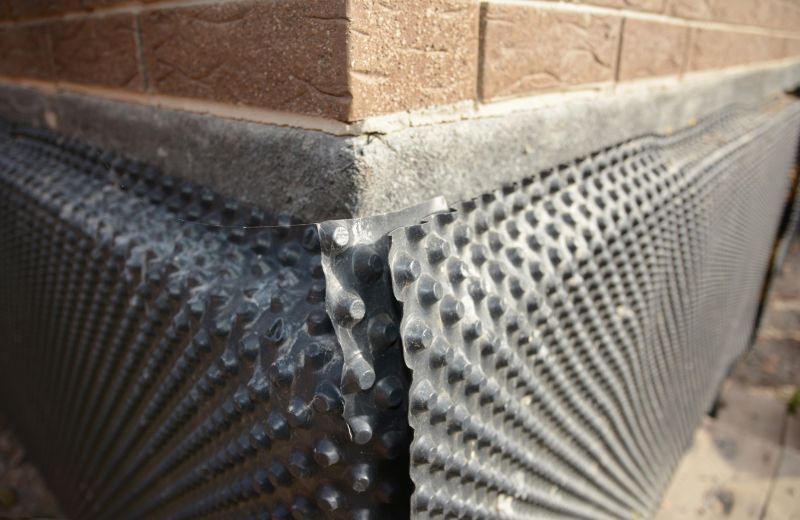
Popular materials for Waterproofings and why they hold up over time.

Simple add-ons that improve Waterproofings without blowing the budget.
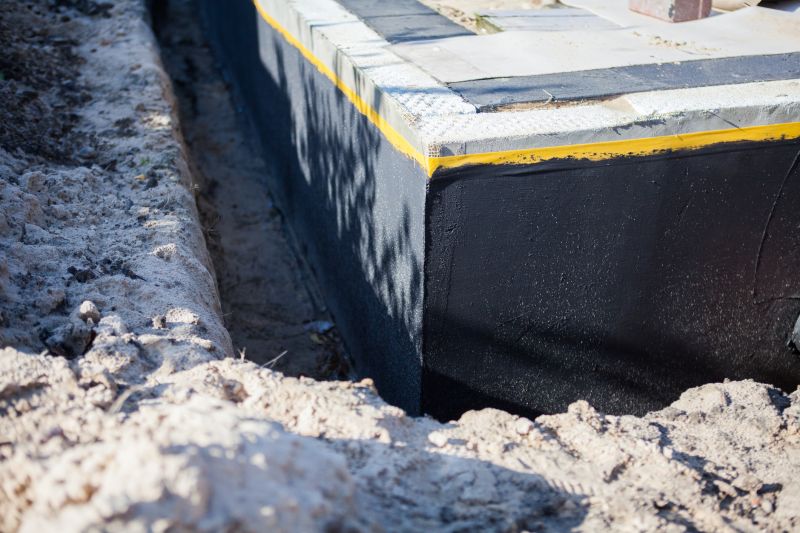
High-end options that actually feel worth it for Waterproofings.
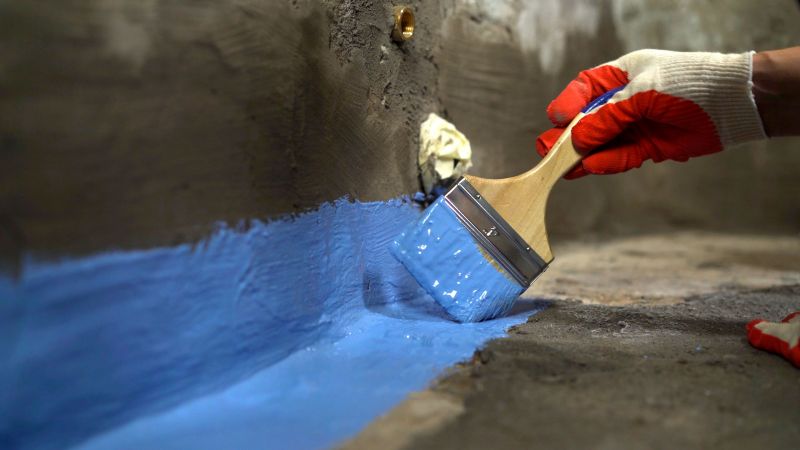
Finishes and colors that play nicely with Waterproofings.
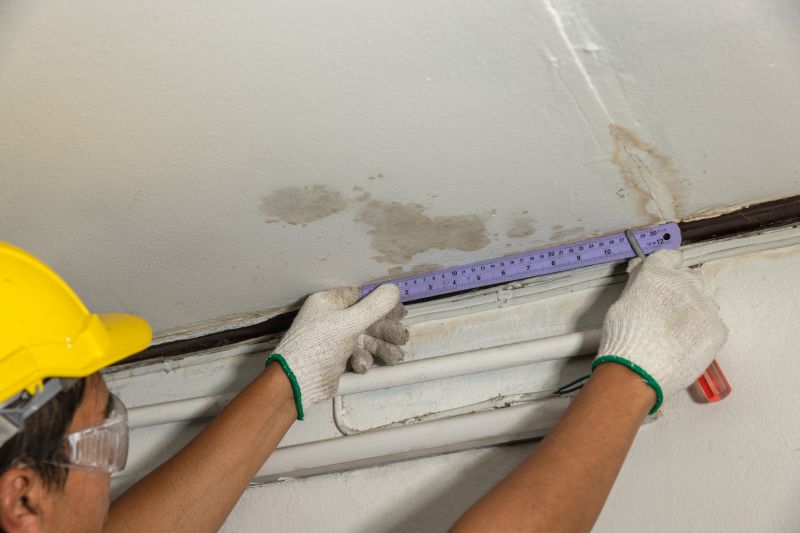
Little measurements that prevent headaches on Waterproofings day.
Waterproofing involves creating a barrier that prevents water ingress into structures such as foundations, basements, and roofs. It is a critical step in construction and maintenance to protect buildings from water damage, mold, and structural deterioration. Effective waterproofing extends the lifespan of structures and reduces long-term repair costs.
Statistics show that proper waterproofing can reduce water-related damages by up to 80 percent. The selection of the right waterproofing method depends on the type of structure, exposure conditions, and material compatibility. Common waterproofing materials include membranes, sealants, and coatings, each suited for specific applications and environmental conditions.
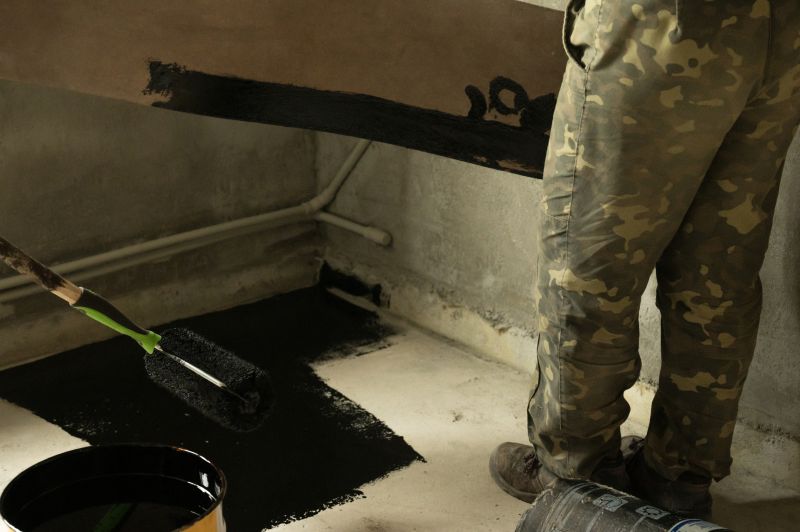
A 60-second routine that keeps Waterproofings looking new.
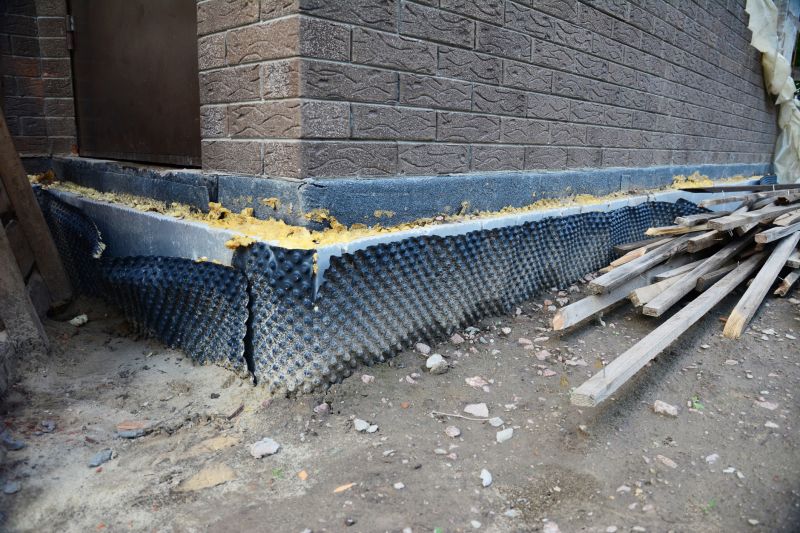
A frequent mistake in Waterproofings and how to dodge it.
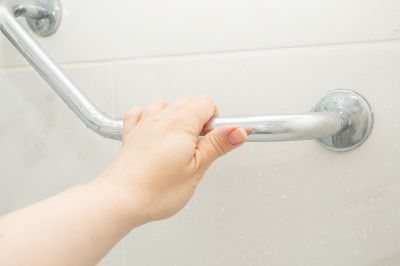
Small tweaks to make Waterproofings safer and easier to use.
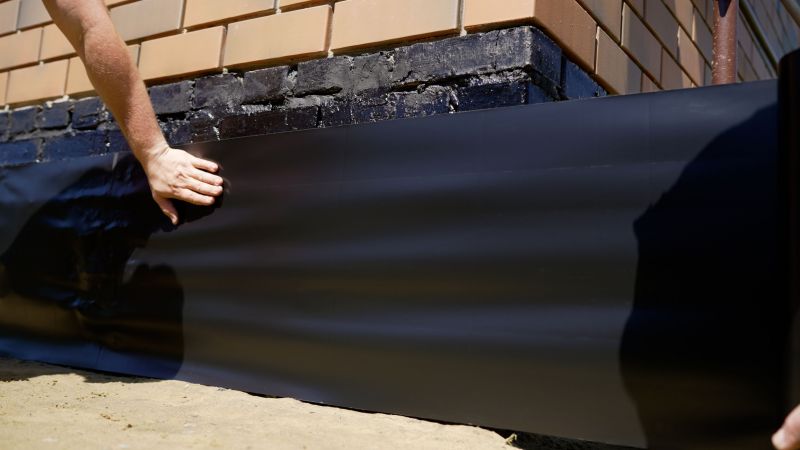
Lower-waste or water-saving choices for Waterproofings.
| Season | Recommended Conditions |
|---|---|
| Spring | Moderate temperatures, dry weather |
| Summer | Warm, dry days, avoid extreme heat |
| Fall | Cooler temperatures, low humidity |
| Winter | Not recommended due to freezing temperatures |
| Late Spring | Ideal for early applications before summer heat |
| Early Fall | Good for preparation before cold weather |
Choosing the right time for waterproofing ensures optimal adhesion and curing, leading to longer-lasting protection. Proper planning and consideration of seasonal conditions can prevent water ingress issues and extend the lifespan of the structure.
Interested in waterproofing services? Filling out the contact form provides an opportunity to discuss project needs and schedule the most suitable application time for optimal results.


